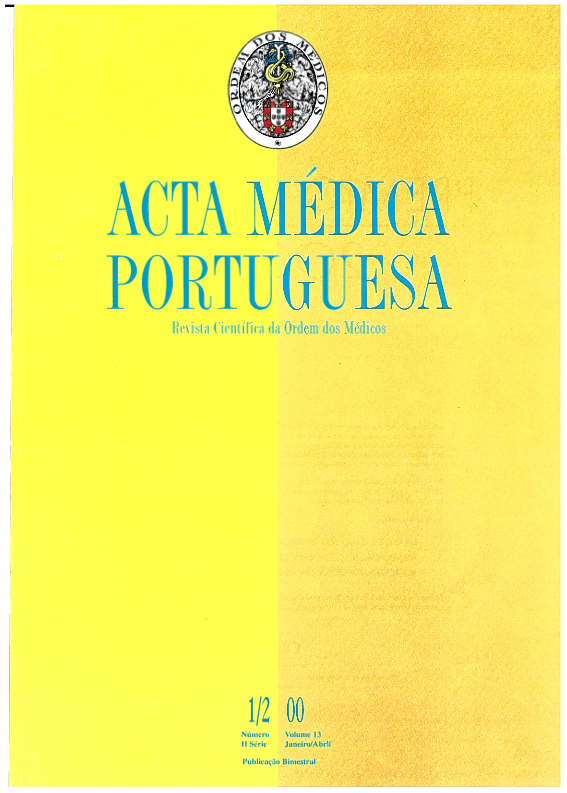Relationship between obesity and educational level in Portuguese young males in 1990.
DOI:
https://doi.org/10.20344/amp.1768Abstract
To evaluate the relationship between the educational level, weight and obesity of young Portuguese males, aged 20 years.Cross-sectional study, based on the national military census files of 1990, provided by the military selection centres of Portugal (north, centre, south--including Azores and Madeira islands).In Portugal, all males aged 20 must present themselves to the military authorities to be submitted to a health exam in order to be screened for the armed forces. The data of 70,858 young Portuguese males aged 20 were gathered. Height and weight were measured by skilled teams. The educational level was confirmed by the presentation of educational attainment certificates. The population was divided into deciles of body mass index (BMI). The whole group was classified as obese or non-obese, according to a cut-off point of 27.8 Kg/sqm. The educational level was classified in four groups: group A--less than 5 years of schooling; group B--5 to 6 years; group C--7 to 9 years; group D--> or = 10 years. The level of education in each decile of BMI was determined and the percentage of obese subjects was calculated for each level of schooling. The odds of obesity associated with each group of schooling was determined as well as their 95% confidence intervals. Statistical significance was considered to exist when p < 0.05.The average BMI in the study population was 22.5 Kg/sqm. A slight increase in schooling was noticed from the lowest to the highest decile of BMI. The same result was obtained when we analysed the upper extreme of the BMI distribution in greater detail. According to our criteria for obesity, the percentages of obesity in each level of schooling were as follows: group A--4.2%; group B--5%; group C--5.1%; and group D--5.4%. The odds ratio (OR) of obesity according to each education level was higher in those with a higher level of education. In fact, those with 10 or more years of schooling presented an OR = 1.05(0.94;1.17) which was not statistically significant (ns) when compared to those with 7-9 years; while an OR = 1.08(0.97;1.21), was also ns when compared to those with 5-6 years, and, finally, an OR = 1.29(1.14;1.47) was statistically significant (p < 0.001) in comparison to those with only 0-4 years of schooling.As major conclusions one can say that the prevalence of obesity is low among young Portuguese males (4.9%), only 2.1% with a BMI > 30 Kg/sqm. Furthermore, our results show that, in Portugal, contrary to the results found mostly in western European countries, males aged 20 years with higher levels of education are slightly more prone to be obese than others with lower levels of schooling.Downloads
Downloads
How to Cite
Issue
Section
License
All the articles published in the AMP are open access and comply with the requirements of funding agencies or academic institutions. The AMP is governed by the terms of the Creative Commons ‘Attribution – Non-Commercial Use - (CC-BY-NC)’ license, regarding the use by third parties.
It is the author’s responsibility to obtain approval for the reproduction of figures, tables, etc. from other publications.
Upon acceptance of an article for publication, the authors will be asked to complete the ICMJE “Copyright Liability and Copyright Sharing Statement “(http://www.actamedicaportuguesa.com/info/AMP-NormasPublicacao.pdf) and the “Declaration of Potential Conflicts of Interest” (http:// www.icmje.org/conflicts-of-interest). An e-mail will be sent to the corresponding author to acknowledge receipt of the manuscript.
After publication, the authors are authorised to make their articles available in repositories of their institutions of origin, as long as they always mention where they were published and according to the Creative Commons license.









